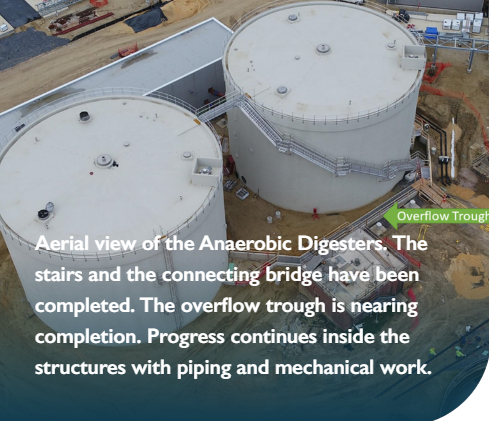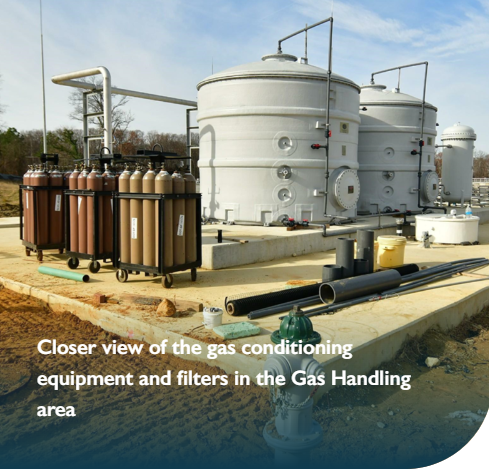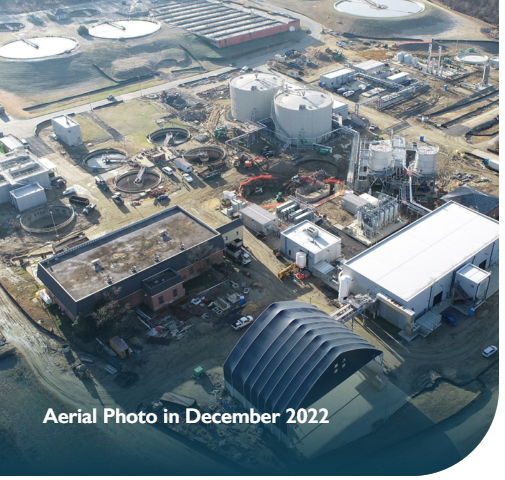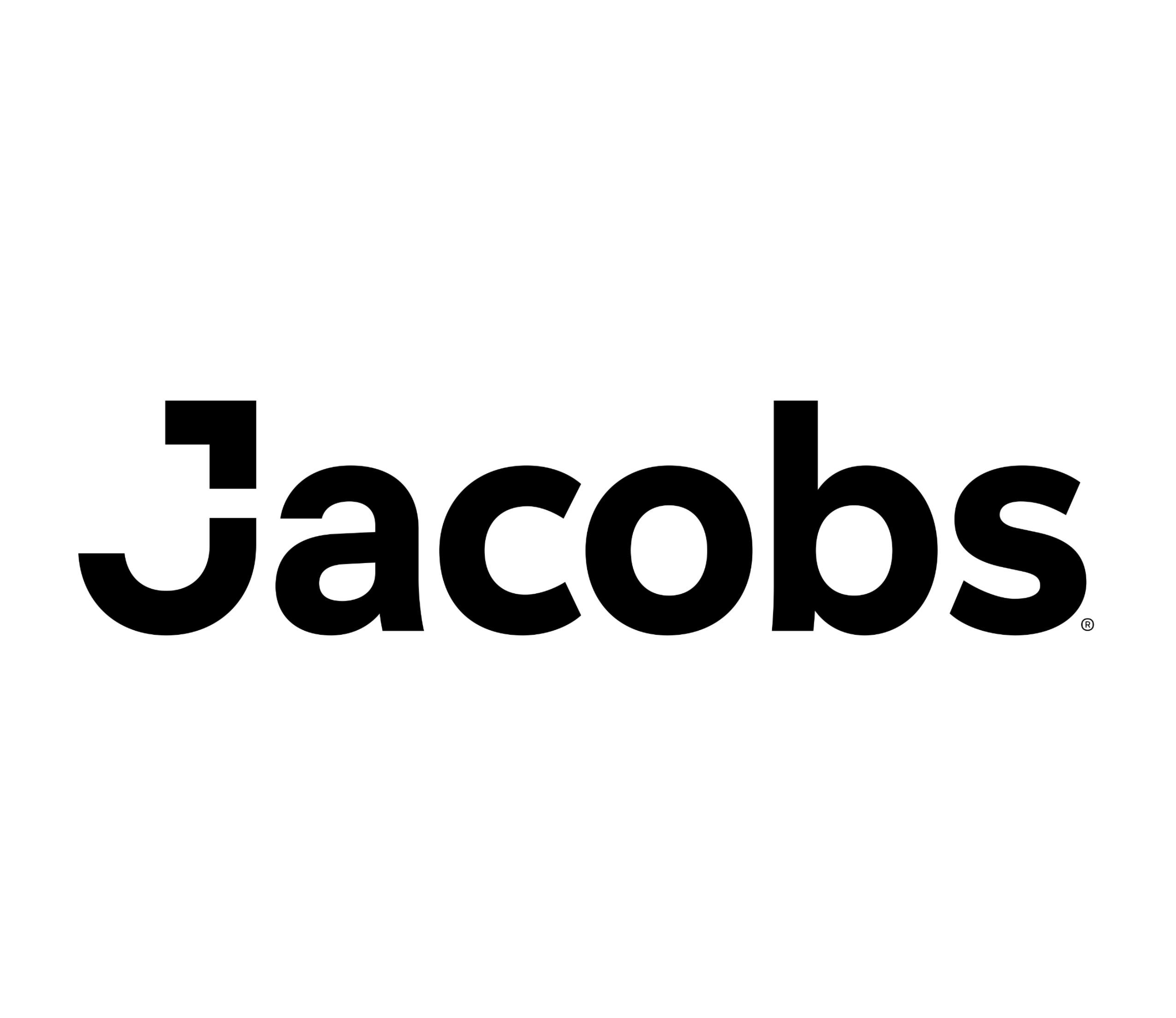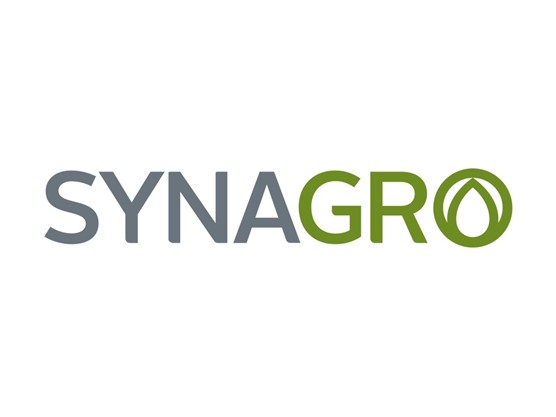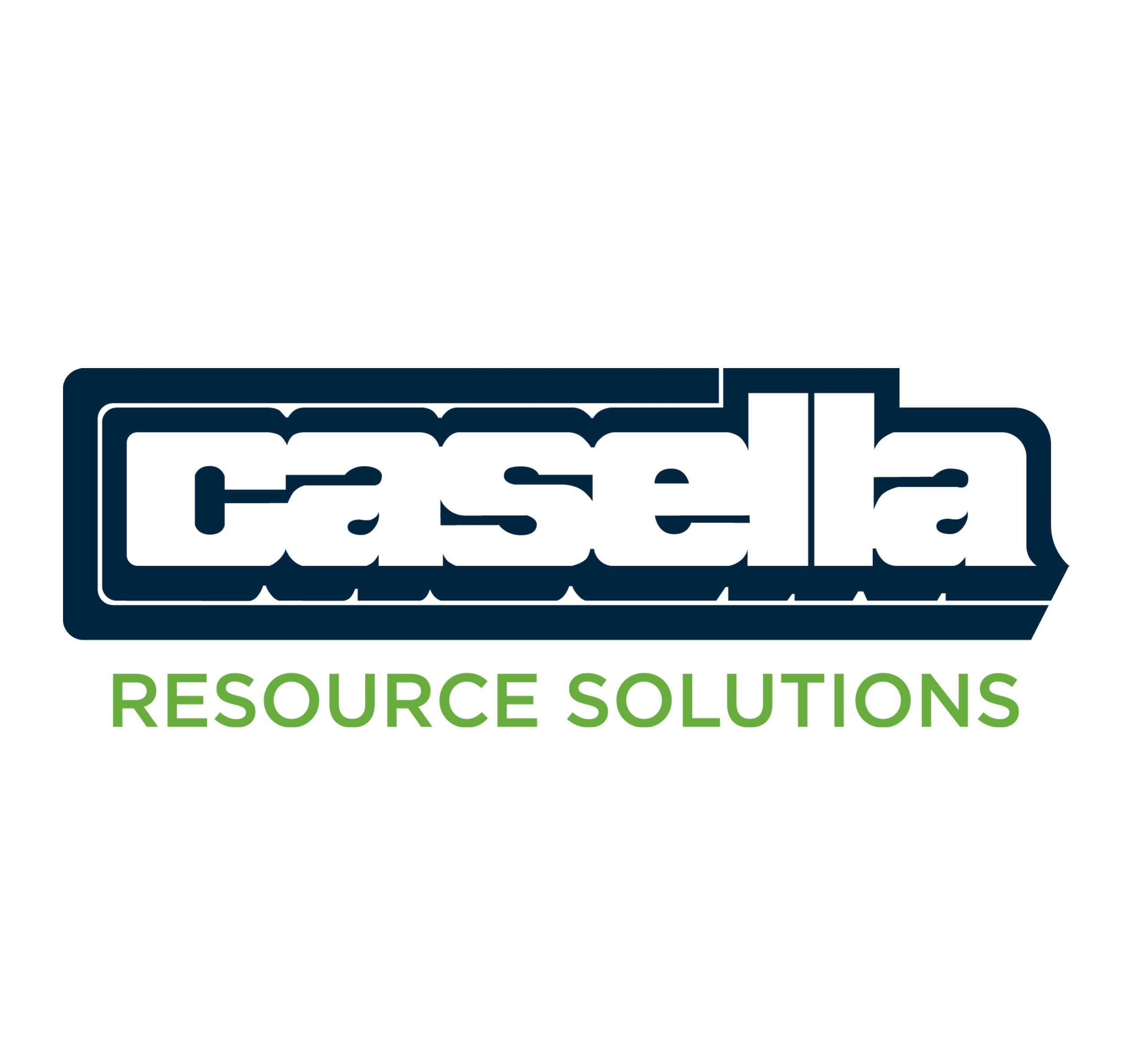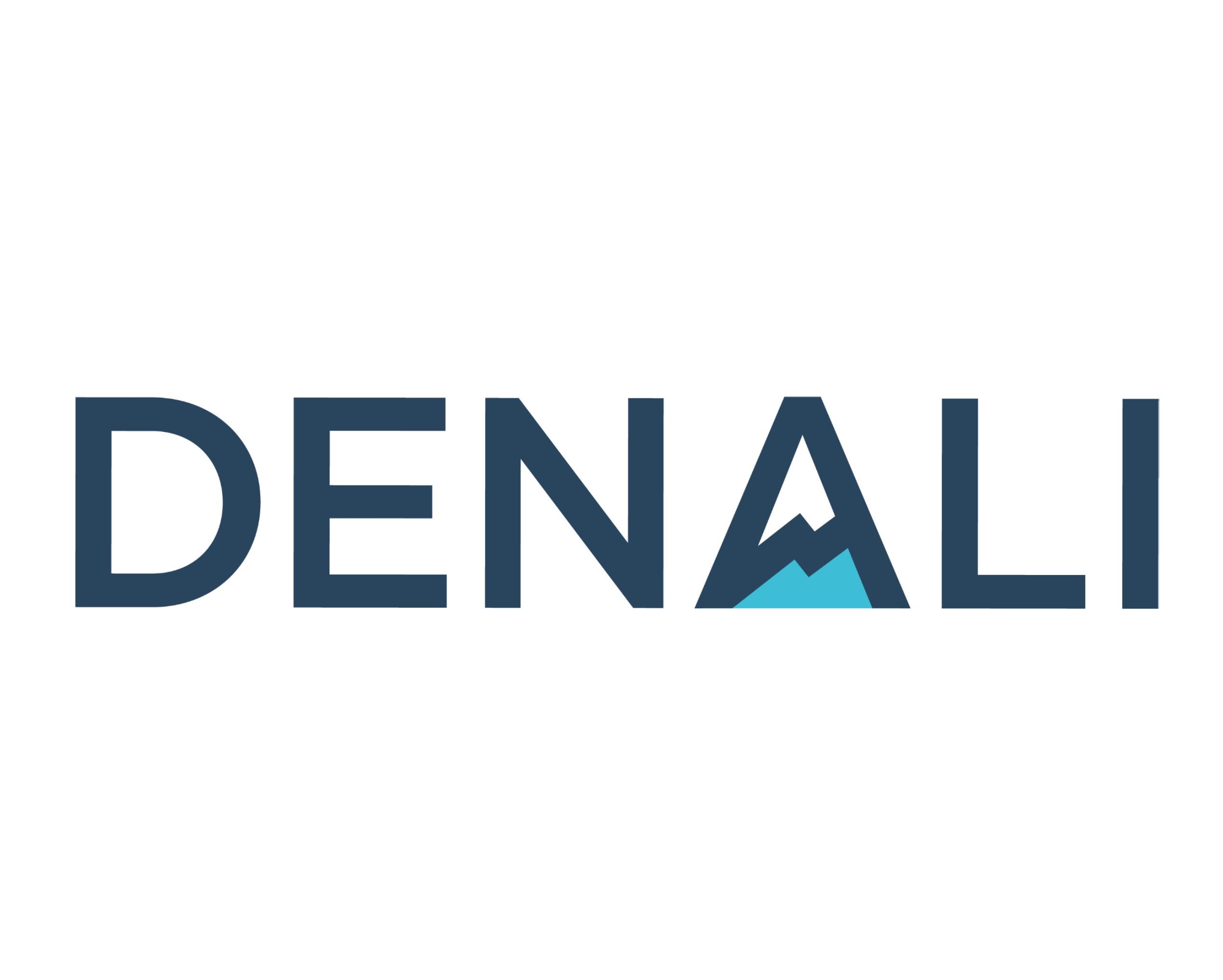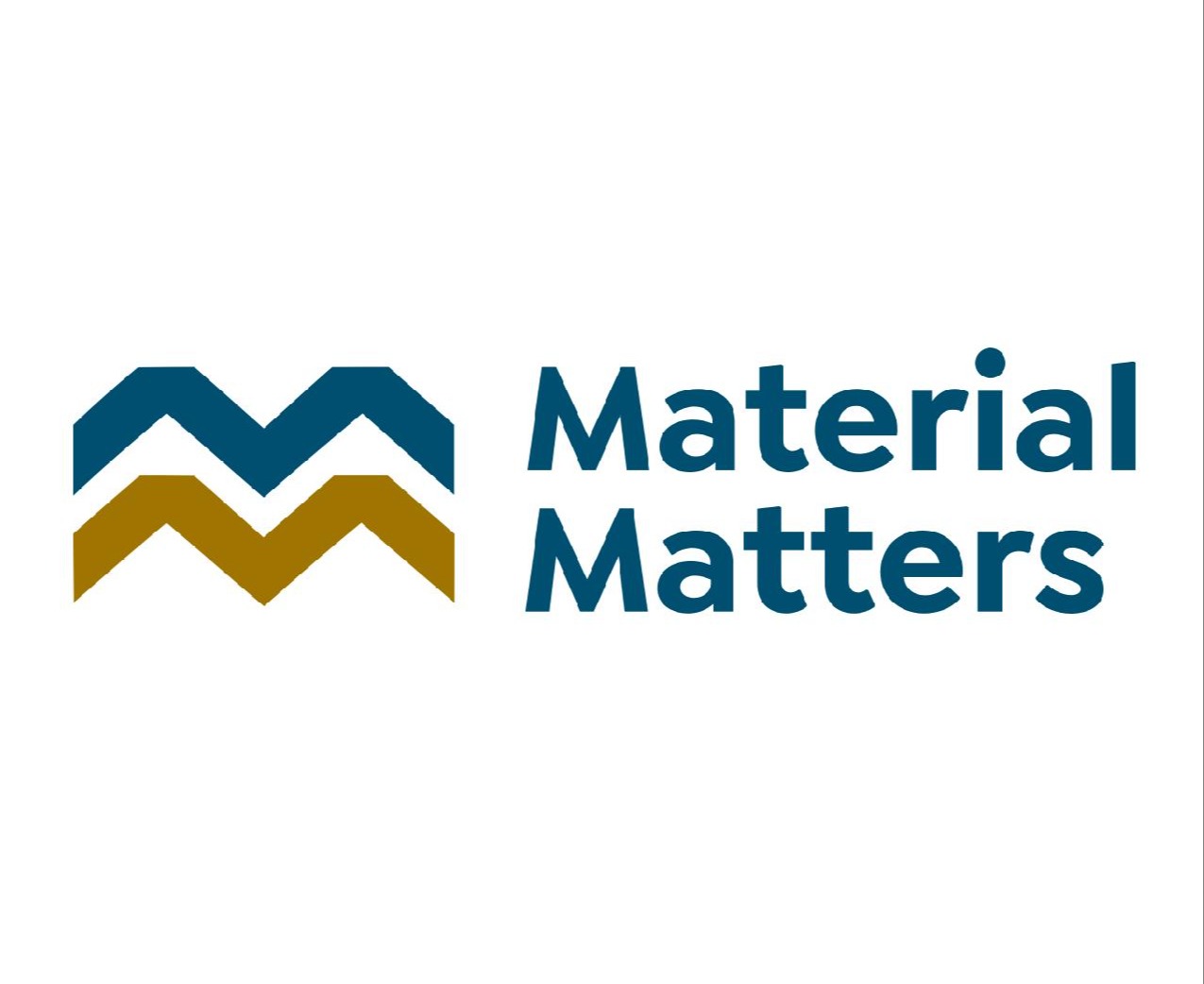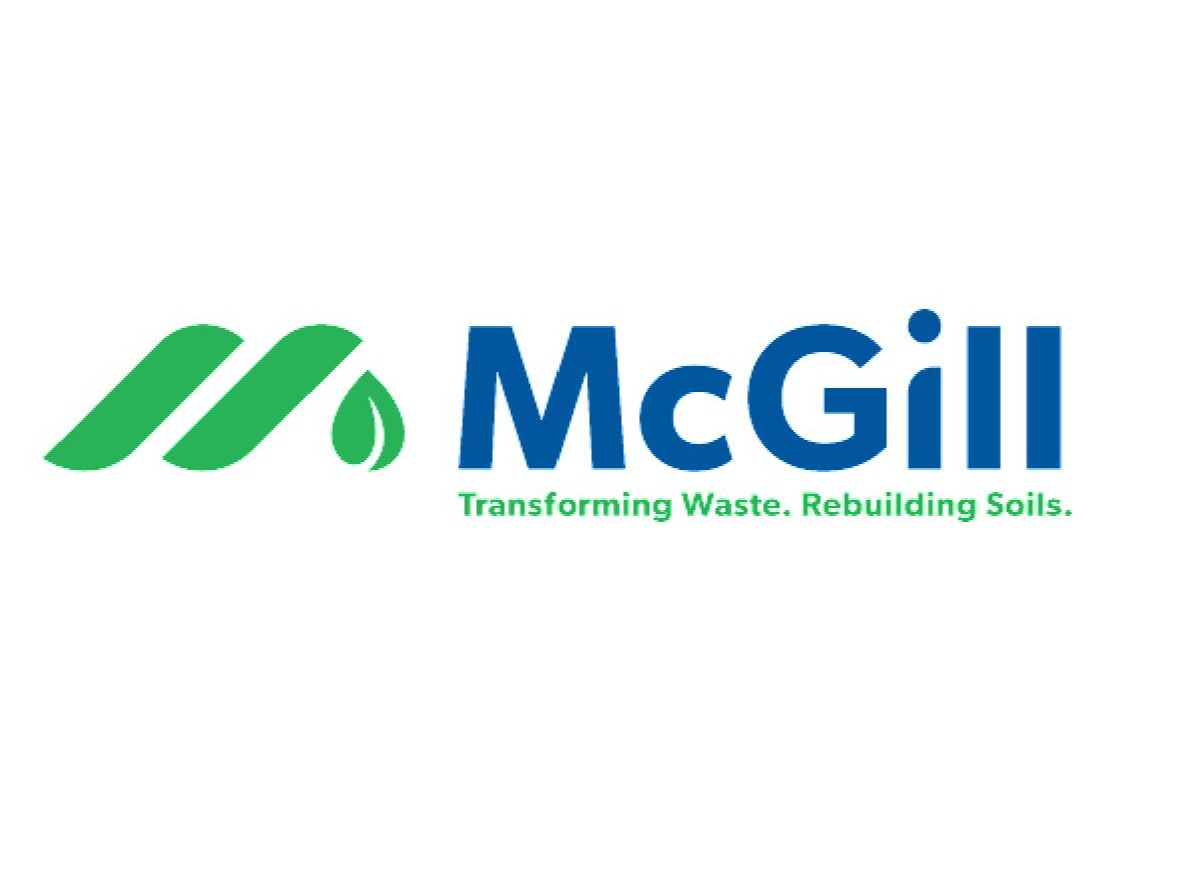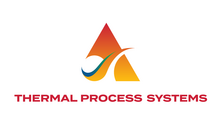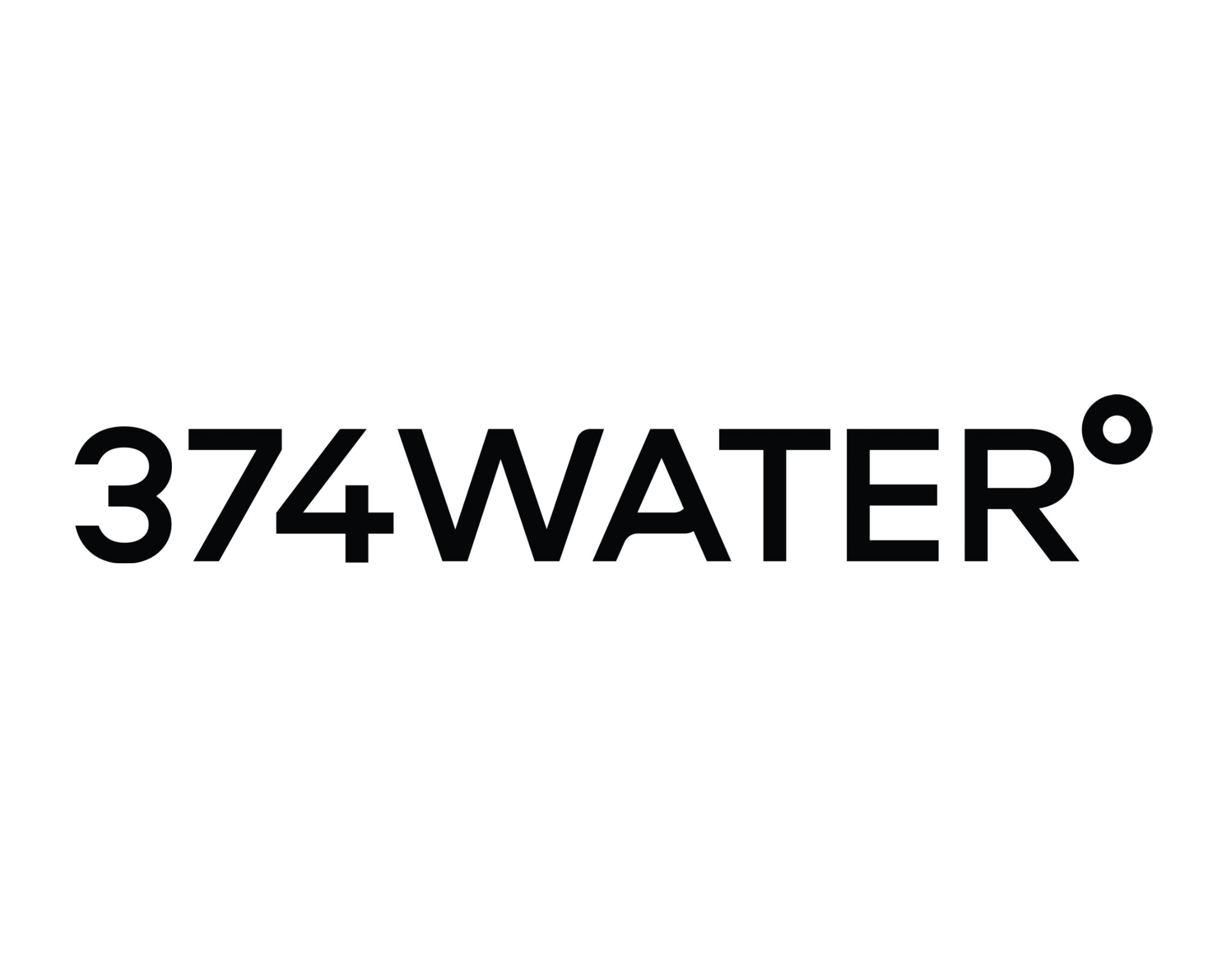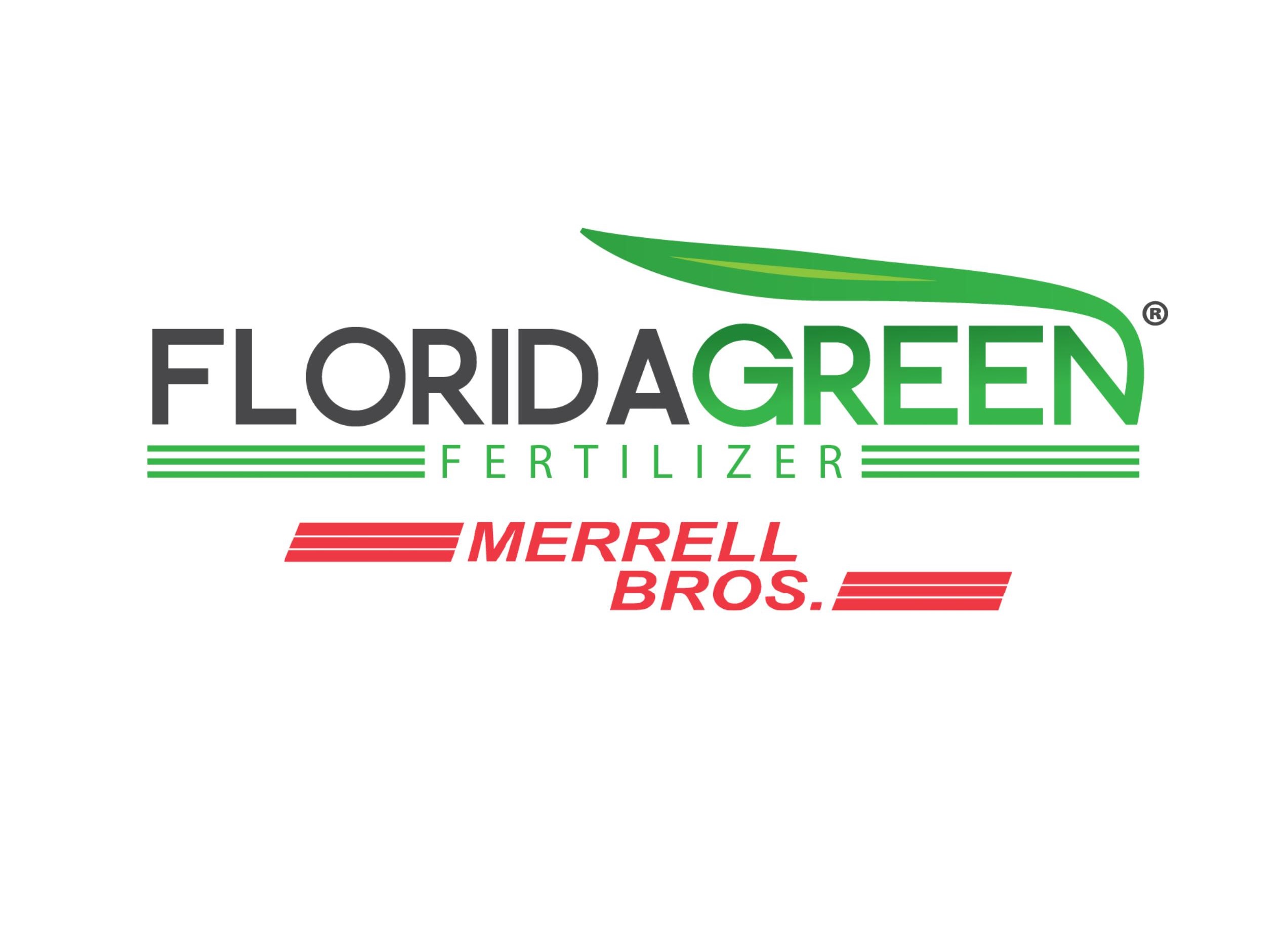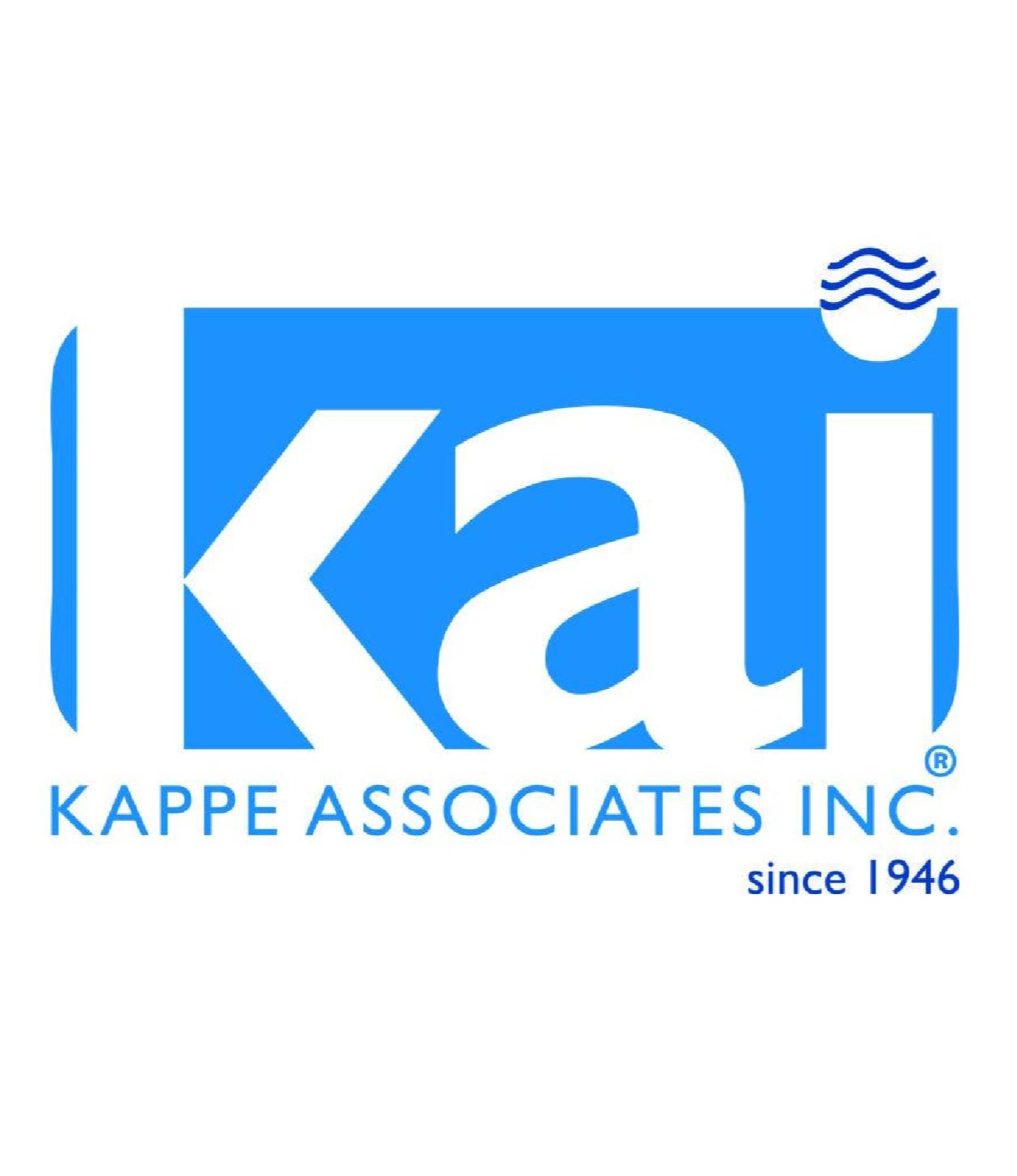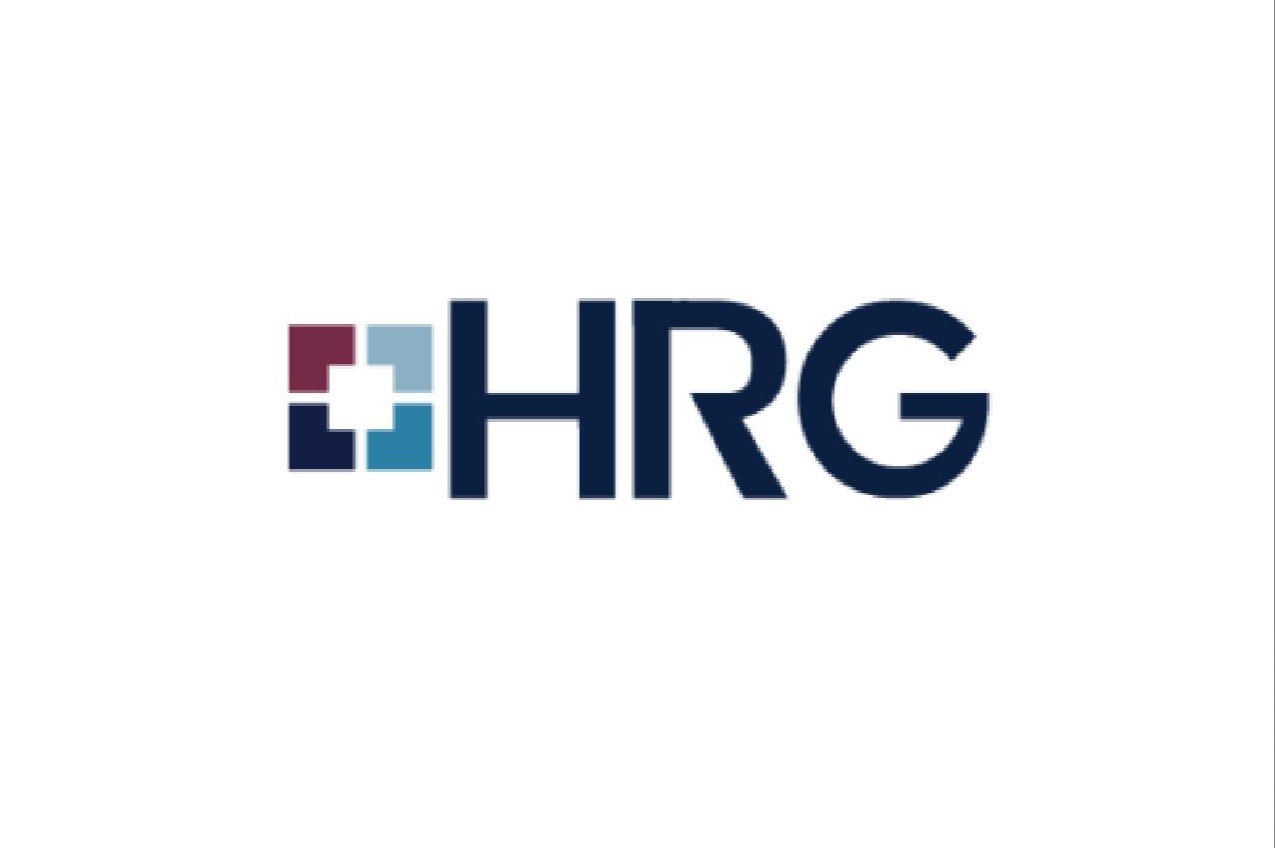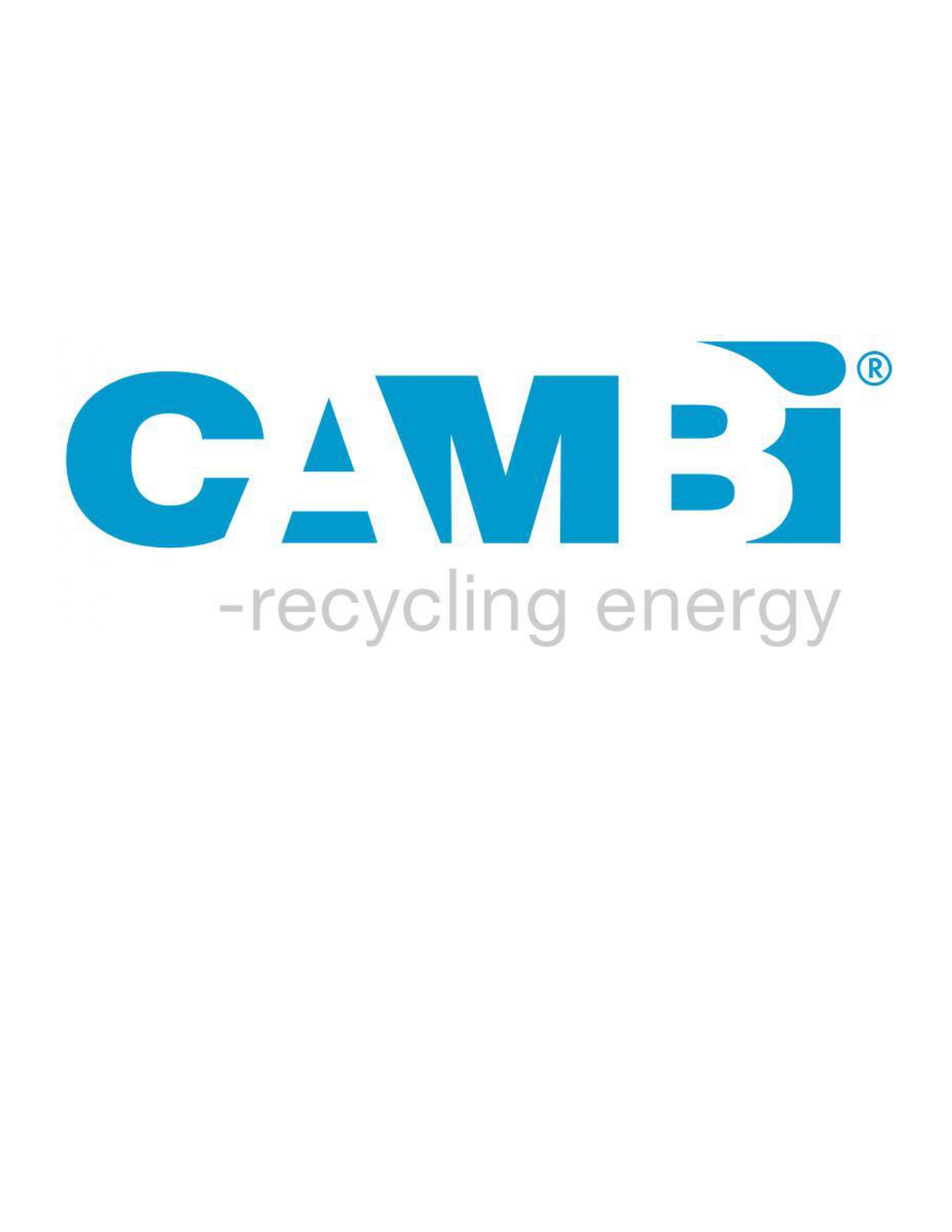- Login
- Home
- MABA
- MABF
- What's New
- Events
- Resources
- Biosolids Advocacy Fund
- Contact Us
|
January 2023 - MABA Member Spotlight featuring WSSC Water Innovating Biosolids Management at WSSC Water
The Washington Suburban Sanitary Commission (WSSC Water) is a bi-county agency and public corporation in Maryland, established in 1918 to provide water supply and wastewater services for Montgomery and Prince George’s Counties. WSSC Water is among the largest water and wastewater utilities in the nation, with a network of over 5,865 miles of drinking water pipeline and more than 5,865 miles of sewer pipeline, serving 1.9 million residents. WSSC Water is nearing completion of an innovative regional biosolids processing facility (Bioenergy Facility) located at WSSC Water’s Piscataway Water Resource Recovery Facility (WRRF) in Accokeek, MD. When fully operational in 2024, the largest and most technically advanced facility ever constructed by WSSC Water will receive over 100,000 wet tons (WT)/year of unstabilized biosolids from all six of WSSC Water’s WRRFs. The Bioenergy Facility will generate 2-3 MW of renewable energy and 50,000-60,000 WT/year of exceptional quality, Class A biosolids using thermal hydrolysis and anaerobic digestion (TH/AD).
Digester gas will be captured and purified to renewable natural gas (rNG) standards and sold as a source of renewable energy. A portion of the energy generated will be used to fuel Montgomery County’s compressed natural gas (CNG) bus fleet, thereby producing a locally sourced, renewable fuel. Likewise, Class A biosolids will be beneficially reused via land application to provide a valuable fertilizer and soil amendment to regional farms.
In anticipation of the upcoming transition, WSSC Water is also investigating and implementing innovative technologies and process control strategies designed to reduce energy consumption and treatment chemical usage while increasing the energy value of biosolids fed to the Bioenergy Facility. Initiatives include adding sidestream enhanced biological phosphorus removal (S2EBPR) at the Parkway WRRF to move away from chemical-based phosphorus removal; full-scale pilot testing of ammonia-based aeration control (ABAC) at the Seneca WRRF; and bench-scale evaluation of primary to waste activated sludge ratios required to maximize volatile solids reduction (VSR) potential as well as the impact of high aluminum content on the digestibility of the biosolids. As these processes are further developed and optimized, WSSC Water is working to implement cost-saving and energy generating strategies across all of WSSC Water’s WRRFs.
Regulations & permitting surrounding land application of a Class A biosolids will be less restrictive than currently afforded with Class B. However, a variety of factors with the potential to impact the long-term viability and cost of land application exist. Key factors include:
In an effort to get ahead of these issues and meet them head-on, a comprehensive long-range biosolids master plan is being developed to ensure that WSSC Water can adjust to changing conditions and markets and continue to manage biosolids in a risk averse, sustainable, and economically viable manner. For additional information, contact Malcolm Taylor PhD, P.E. WSSC Water Engineering & Environmental Services |

